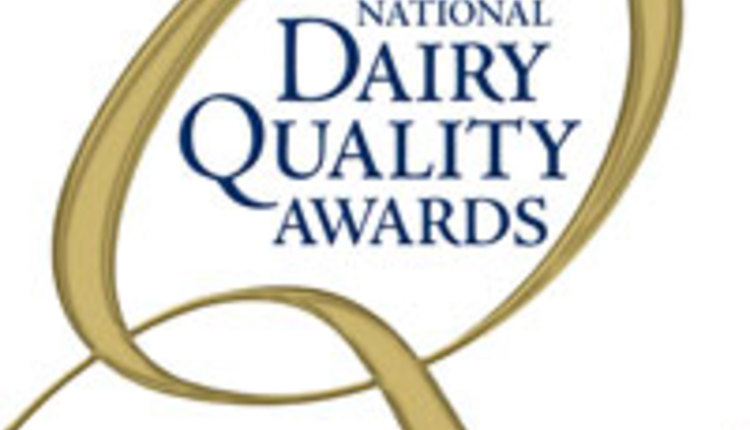
Most of us know that the cattle reproductive transition period is classified as the 21 days pre- and post-calving. However, how often do we really think about all the changes that are occurring during this period? Some of these changes, attributed to parturition and onset of lactation, include huge shifts in nutrient demand, dry matter intake fluctuation, immune system activation, and pen movements - which can lead to social stress. “Small external issues can often become big problems when coupled with everything happening during the transition period, therefore, it is essential to decrease internal and external stressors wherever possible,” recommends Katie Raver, animal nutrition and field support specialist for Rock River Laboratory. “Feed hygiene is an important yet often overlooked area that can pose an added challenge to a high-risk animal."
Feed hygiene encompasses many different areas ranging from fungal contamination of forages to high bacteria loads in a Total Mixed Ration (TMR). “Yeasts, molds, mycotoxins, and clostridium and enterobacteria are all anti-nutritional factors that can lead to decreased feed value, immune responses, and even health events,” explains Raver. “These anti-nutritional factors, to some degree and combination, are often present in many of our feedstuffs, however, in ruminants, we often get more grace with some of these as bacteria in the rumen are capable of detoxifying many of these mycotoxins to some extent.”
She adds that a healthy gut barrier, along with a robust immune system, can help to combat other impacts. However, anti-nutritional factors that may often go unnoticed can surface and become a major issue when coupled with other potential transition challenges. To combat these threats, Raver shares the key contributors and how to best limit their effects:
Dry Matter Intake (DMI) Challenges
Drops in DMI associated with calving can be exacerbated by yeasts or molds. These contaminants can often lead to rumen upset and decreased intake.
“Lower dry matter intake increases the risk for negative energy balance in the transition period which can further limit intake potential," says Raver. “Maximizing intake is especially important in these high-risk animals and is essential to ensuring transition success.”
Therefore, minimizing exposure to these anti-nutritional factors should be a high priority.
Ration Changes
As the rumen adjusts to a higher energy ration it may not be as efficient at handling a mycotoxin or yeast problem. Raver shares that this may lead to more toxins passing to the hindgut. “As the rumen adjusts to higher starch percentages in the ration, we may see more starch passage into the hindgut, which can lead to post ruminal starch fermentation and may lower pH in the hindgut.”
She goes on to explain that this lower pH may encourage the growth of pathogenic organisms. “Recent research has highlighted an increased risk of leaky gut in transition cows. In a healthy cow, this gut barrier acts as a method to protect the cow from harmful material getting into her system, but as the barrier is compromised it can allow these pathogenic organisms and toxins a direct route into the system.”
Calcium Requirements
Milk is obviously a fantastic source of calcium, however, that calcium has got to come from somewhere! “As lactation begins, we see a threefold increase in calcium requirements,” states Raver. “Many strategies have been designed to help a cow prepare for this sudden increase in calcium demand, but many cows still suffer from a sub-optimal level of blood calcium.”
Calcium plays an integral role in immune system response, so added challenges to the immune system can cause further calcium depletion. Raver recommends ensuring clean feed to help neutralize the risk of exposure to harmful bacteria which can lead to added immune system challenges during this sensitive time.
Minimizing the amount and depleting the impact of anti-nutritional factors is important to every animal, but is especially important in transition cows. With summer just around the corner, this not only means added heat stress opportunities, but summer storms, mud, and warmth - all of which can breed an ideal situation for feed spoilage, bacterial growth, and feed contamination. Understanding the underlying anti-nutritional factors in your feed, through feed hygiene testing and formulating a plan to decrease the amount of contamination in feed, is a critical step in ensuring transition success.
Founded in 1976, Rock River Laboratory is a family-owned laboratory network that provides production assistance to the agricultural industry through the use of advanced diagnostic systems, progressive techniques, and research-supported analyses. Employing a team of top specialists in their respective fields, Rock River Laboratory provides accurate, cost-effective, and timely analytical results to customers worldwide, while featuring unsurpassed customer service.

